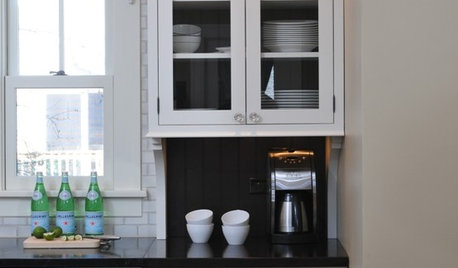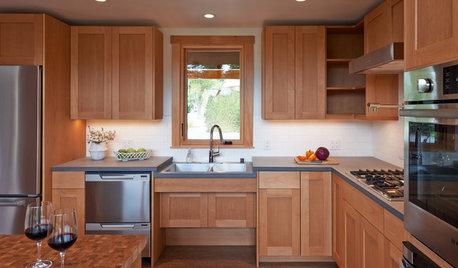Maximum paste tomato productivity
glib
13 years ago
Related Stories

EDIBLE GARDENSSummer Crops: How to Grow Tomatoes
Plant tomato seedlings in spring for one of the best tastes of summer, fresh from your backyard
Full Story
LIFEKitchen Traditions: Tomato Season Meets a Family Legacy
Somewhere a Sicilian great-great-grandmother is smiling at a bowl of American-made sauce
Full Story
GARDENING AND LANDSCAPINGBlow Past the Heat With an Outdoor Ceiling Fan
Drop some degrees on your porch or patio while boosting its style, with an energy-efficient ceiling fan
Full Story
HOUSEKEEPINGThe Great Kitchen Cabinet Cleanup
Purge your way to a clean kitchen, then put pieces back for maximum efficiency and orderliness, with this step-by-step guide
Full Story
FARM YOUR YARDHouzz Call: Home Farmers, Show Us Your Edible Gardens
We want to see where your tomatoes, summer squashes and beautiful berries are growing this summer
Full Story
MOST POPULARKitchen Evolution: Work Zones Replace the Triangle
Want maximum efficiency in your kitchen? Consider forgoing the old-fashioned triangle in favor of task-specific zones
Full Story
SELLING YOUR HOUSE5 Savvy Fixes to Help Your Home Sell
Get the maximum return on your spruce-up dollars by putting your money in the areas buyers care most about
Full Story
ARTHere’s Looking at You: Supersize Portraiture at Home
Go big. Go bold. Hang huge portraits on blank walls for maximum impact
Full Story
UNIVERSAL DESIGNKitchen of the Week: Good Looking and Accessible to All
Universal design features and sustainable products create a beautiful, user-friendly kitchen that works for a homeowner on wheels
Full Story
DECORATING GUIDESHouzz Tour: Traditional Meets Transitional in a Townhouse
A Southern California couple downsizes, and their designer helps them push past traditional boundaries
Full StorySponsored
More Discussions






dickiefickle
digdirt2
Related Professionals
Arnold Landscape Architects & Landscape Designers · Kyle Landscape Architects & Landscape Designers · Panama City Landscape Architects & Landscape Designers · Rancho Palos Verdes Landscape Architects & Landscape Designers · Sand Springs Landscape Architects & Landscape Designers · Bedford Heights Landscape Contractors · Harvey Landscape Contractors · Wareham Landscape Contractors · West Chester Landscape Contractors · Palos Hills Landscape Contractors · Bell General Contractors · Riverside General Contractors · Rock Island General Contractors · Richmond Decks, Patios & Outdoor Enclosures · Sugar Land Decks, Patios & Outdoor EnclosuresglibOriginal Author
korney19
korney19
fusion_power
glibOriginal Author
korney19
caryltoo Z7/SE PA
glibOriginal Author
korney19
franktank232
glibOriginal Author
marcantonio